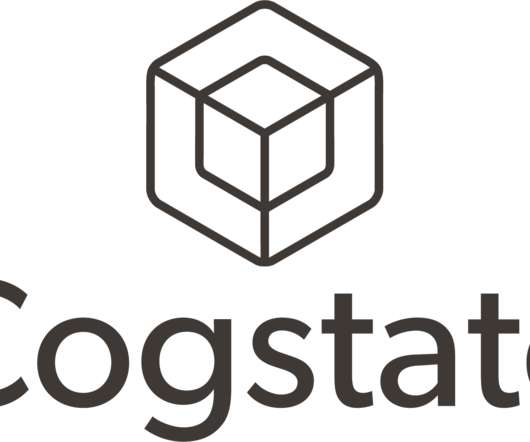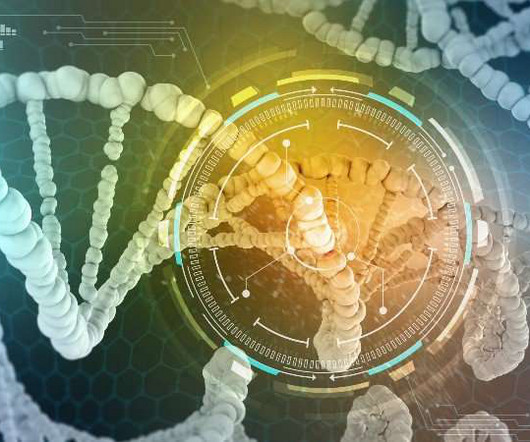The trends driving ELRIG Drug Discovery 2022
Drug Discovery World
OCTOBER 4, 2022
BV-101 is an adeno- associated virus (AAV) gene therapy vector that simultaneously addresses the metabolic dysfunction of diseased neurons and contributes to the clearance of the mutant huntingtin protein. In the UK, effort has been made to scale-up the country’s cell and gene therapy manufacturing capabilities.













Let's personalize your content